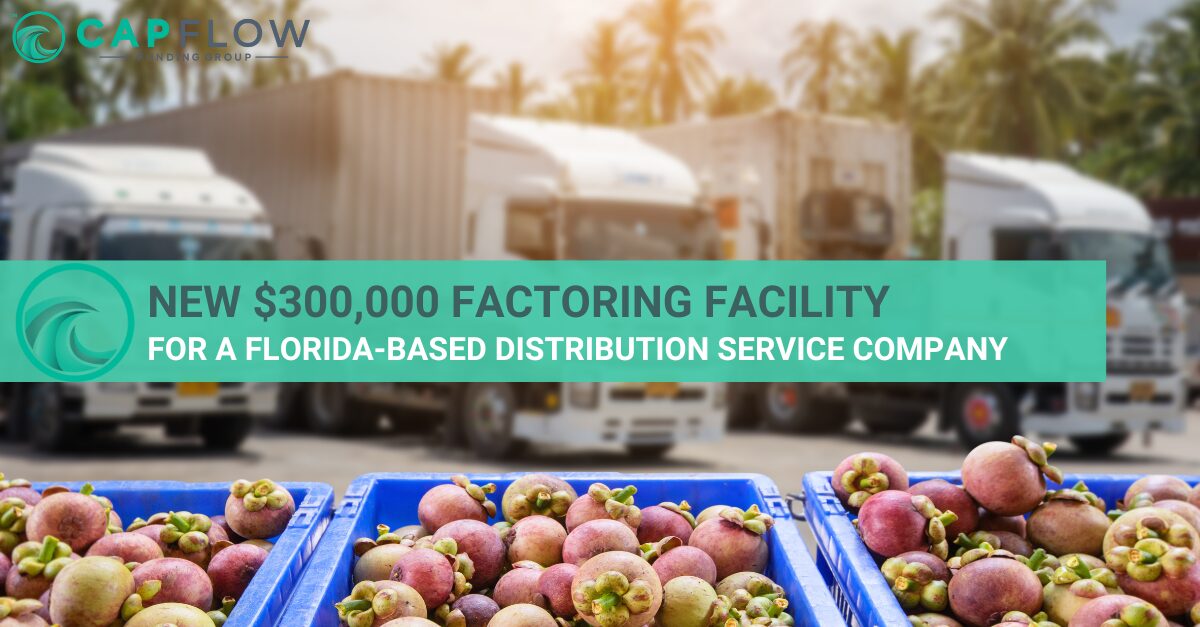Invoice factoring has become an increasingly popular financial tool for businesses seeking quick access to working capital. This practice involves selling accounts receivable to a third party, known as a factor, in exchange for an immediate cash infusion. While the benefits of invoice factoring are evident, understanding the landscape of typical invoice factoring rates is crucial for businesses considering this financial strategy.
Understanding Invoice Factoring Rates
Invoice factoring rates are essentially the fees charged by the factoring company for their services. These rates can vary based on several factors, and it’s essential for businesses to comprehend the elements that influence them.
Advance Rates
One of the primary components of invoice factoring rates is the advance rate. This represents the percentage of the invoice amount that the factoring company advances to the business upfront. Typically ranging from 70% to 90%, the advance rate depends on various factors, including the industry, the creditworthiness of the business’s customers, and the overall financial health of the business.
Discount Fees
In addition to the advance rate, factoring companies charge discount fees. This is the cost of the factoring service and is usually calculated on a weekly or monthly basis. The discount fee is determined by multiplying the face value of the invoice by the fee percentage. Common discount fees range from 1% to 5%, but they can be higher for riskier industries or clients.
Invoice Volume
The total volume of invoices factored in also plays a role in determining the rates. Factoring companies may offer lower rates for businesses with higher invoice volumes, as this reduces the administrative burden and spreads the risk for the factor.
Creditworthiness of Clients
The creditworthiness of a business’s clients may influence the factoring rates. If a business’s customers have a strong credit history, the factoring rates are likely to be lower. Factors consider the risk associated with the repayment of invoices, and businesses with clients who are considered high-risk may face higher factoring rates.
Contract Terms
The terms of the factoring agreement can impact the rates. Longer-term contracts or commitments may lead to more favorable rates, as the factor can anticipate a steady stream of business. Conversely, short-term agreements or spot factoring may result in slightly higher rates.
Benefits of Understanding Invoice Factoring Rates
Delving into the intricacies of invoice factoring rates unlocks a range of benefits, empowering businesses to make strategic decisions and optimize their financial strategies.
Informed Decision-Making
By gaining a deep understanding of the various factors that influence rates, businesses position themselves to make informed decisions regarding the suitability of this financing option for their unique needs. This knowledge not only allows them to navigate the complexities of invoice factoring but also empowers them to negotiate more favorable terms with factoring companies. Armed with insights, businesses can choose a factoring partner that aligns seamlessly with their financial goals. Which enhances the effectiveness of the financial arrangement.
Cost-Benefit Analysis
Understanding the rates goes beyond mere decision-making; it forms the foundation for a comprehensive cost-benefit analysis. This analytical approach ensures that businesses weigh the advantages of immediate cash flow against the associated costs of factoring. A meticulous assessment of these factors helps businesses maintain a healthy bottom line. Thus ensuring that the financial benefits derived from invoice factoring far exceed the costs involved. This strategic evaluation further solidifies the role of invoice factoring as a valuable financial instrument, fostering sustainable growth and financial stability for businesses of all sizes.



